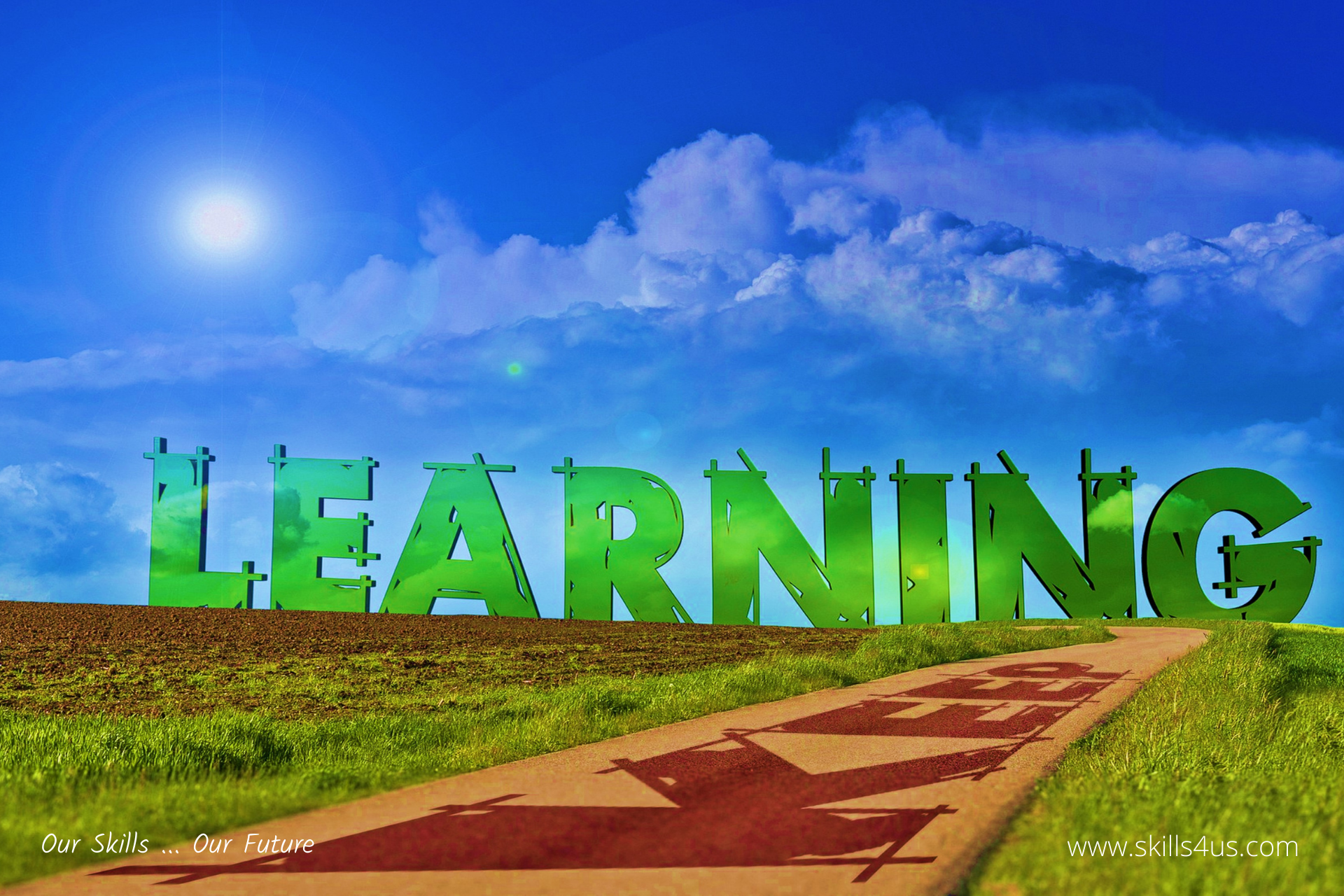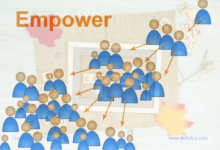
Guidelines That Enhance A Culture Of Learning In Business Organizations
In a competitive talent market, culture of learning is vital to the ability of organizations to acquire in-demand skills. But to achieve this goal in business organizations, it must be considered part of the life cycle of all those working there. Learning is the highest-rated challenge in global trends in human capital. Nowadays, people rank “the opportunity to learn” as one of the most important reasons they get a job. Business leaders know that changes in technology, practices, and business models have created a vast demand for continuous development and lifelong learning. Leading business organizations are also interested in providing learning opportunities to their employees more effectively, integrating work and learning more tightly, and facilitating and expanding the possibility of learning outside the human resource organization.
Work requirements and advanced skills
Business leaders and employees themselves worry about how technologies like robotics and artificial intelligence can transform jobs and how emp should prepare to do them. Their concern is justified because some jobs will disappear due to technology. Will eliminate many jobs due to automation and the smart transformation of business organizations in the coming decades. The most critical problem for management leaders concerning workforce and talent was the “future of jobs“. And then followed by the need to redesign the work and rehabilitate the crew. According to a recent report by the World Economic Forum, more than 54% of all employees will require rehabilitation and upskilling within the next ten years.
Upgrading skills has become a growth imperative for business organizations
Many have witnessed jobs not being filled for months or years due to a lack of suitable talent to fill them. Today, it is becoming increasingly evident in the talent market that organizations cannot rely solely on hiring to find these roles. In comparison, low unemployment rates and a lack of skilled labor markets in many countries have made it difficult to hire “ready” people in time.
We must be well aware of the vital role that learning plays in acquiring much-needed skills. So many business organizations will be dealing with job redesign issues. They will also be more inclined to train than hire to develop the talent they need. They will also increase their investment in skills upgrading programs. Many business organizations will increase the number of future leaders of their learning teams. Which elevates learning to the fastest-growing roles in human resources.
Many learning and development groups are taking positive steps to adopt flexible and self-directed learning models. Therefore, if business organizations want to meet the challenges of the talent that awaits them. They must develop a culture of learning, from the highest level in the organization to the lowest level in it.
Learning and working
Rapid and continuous changes like work itself are altering the relationship between learning and work. It makes them more integrated and interdependent than ever before. And It creates both a challenge and an opportunity to build robust work-focused educational programs. It also helps people consume information and upgrade their skills in the ordinary course of their day-to-day functions. And to help make that happen, a new paradigm will emerge in evolution that inspires that in the information technology we’ve seen in recent years.
With increasing technological changes, IT teams have evolved from sequential design, development, testing, and commissioning models to new ones, integrating system design, development, security, testing, and operations in to a connected team-based process. Similarly, new approaches to integrating learning and work are expected to emerge. Possibly combining development with work based on the realization, that learning and work are two closely related aspects of every job.
To help create a business development environment, business and HR leaders need to:
- Seeking opportunities to integrate real-time learning and knowledge management into the workflow. As mobile devices and smart devices have become almost ubiquitous. Business organizations will then be able to explore new approaches to virtual learning. Where it occurs in small doses, almost invisible, throughout the workday.
- Making learning more personalized so that it targets the individual. And is delivered at appropriate times and patterns to learn in their own time. At the same time, technology can play an essential role in achieving this. Moreover, with more and more learning providers now offering video, text, and software curricula in smaller, more understandable formats, business organizations have the opportunity to craft curricula that allow their employees to learn as they see fit.
- Integrate learning with the work of teams as well as individuals. As teams become more critical in providing more types of work, business organizations will offer educational opportunities that support individuals as members of groups. It will also offer context-specific content and experiences for the team.
Shared ownership and accountability
There is a growing view that the responsibility for learning and development rests with employees, their organizations, human resources, and business. And organizations, educational institutions, and governments.
This joint responsibility is more than just creating common ownership. Instead, it allows for shared accountability for success, which is a huge gap in most organizations. Despite often significant investments in learning, many business organizations do not link performance incentives to their learning programs.
Organizations that set up incentives to help ensure that future managers support learning. And that employees find its’ opportunities are processes that managers and supervisors monitor. You are more likely to benefit in terms of new skills acquired and encourage a learning culture.
Integrating learning into the work life cycle
Integrating learning and work may not be the last challenge that organizations and individuals face. Knowing that life expectancy, frequent job changes, and accelerated skill obsolescence can also pose a significant challenge to business organizations.
In a world of technology-changing jobs and people living longer lives with more diverse careers. And organizations have the opportunity and responsibility of knowledge management to reinvent learning to integrate it into the work and life cycle.
In our time, business organizations will promote and maintain a culture of lifelong learning. And will consider it an essential part of their mission and purpose. It is what gives its employees meaning inside and outside the workplace.



